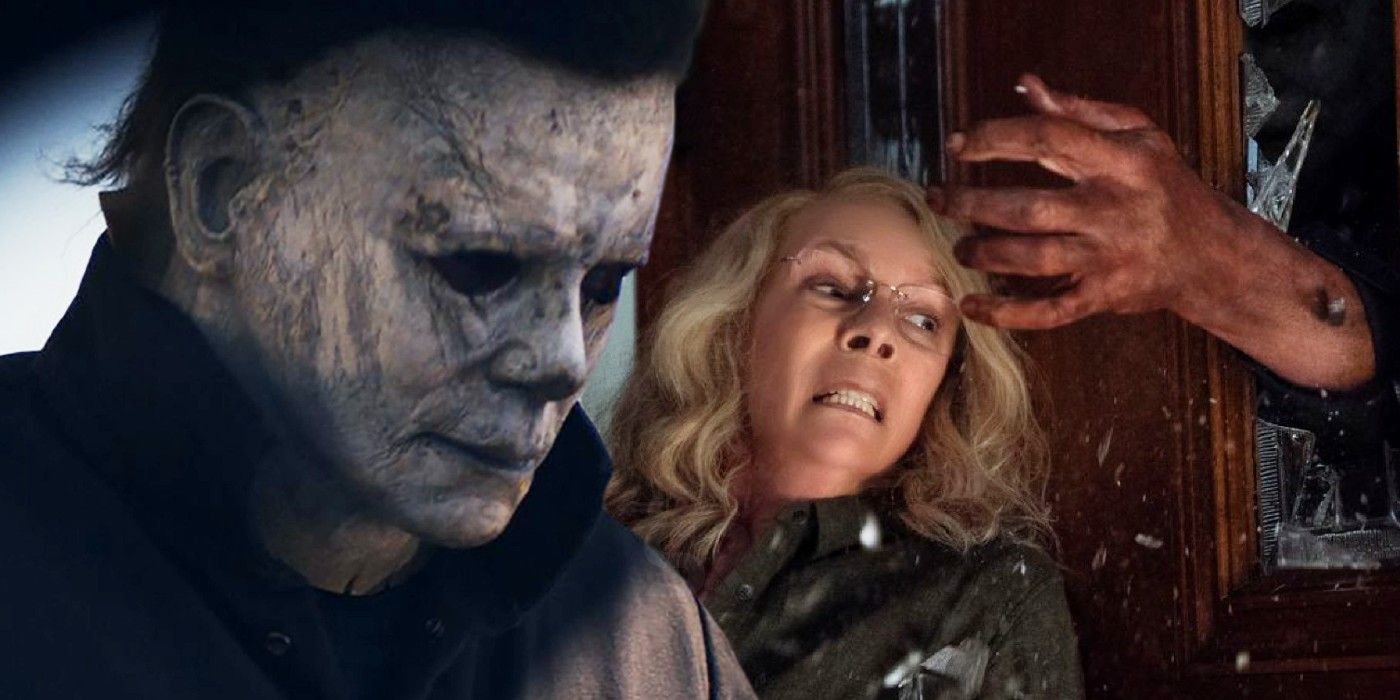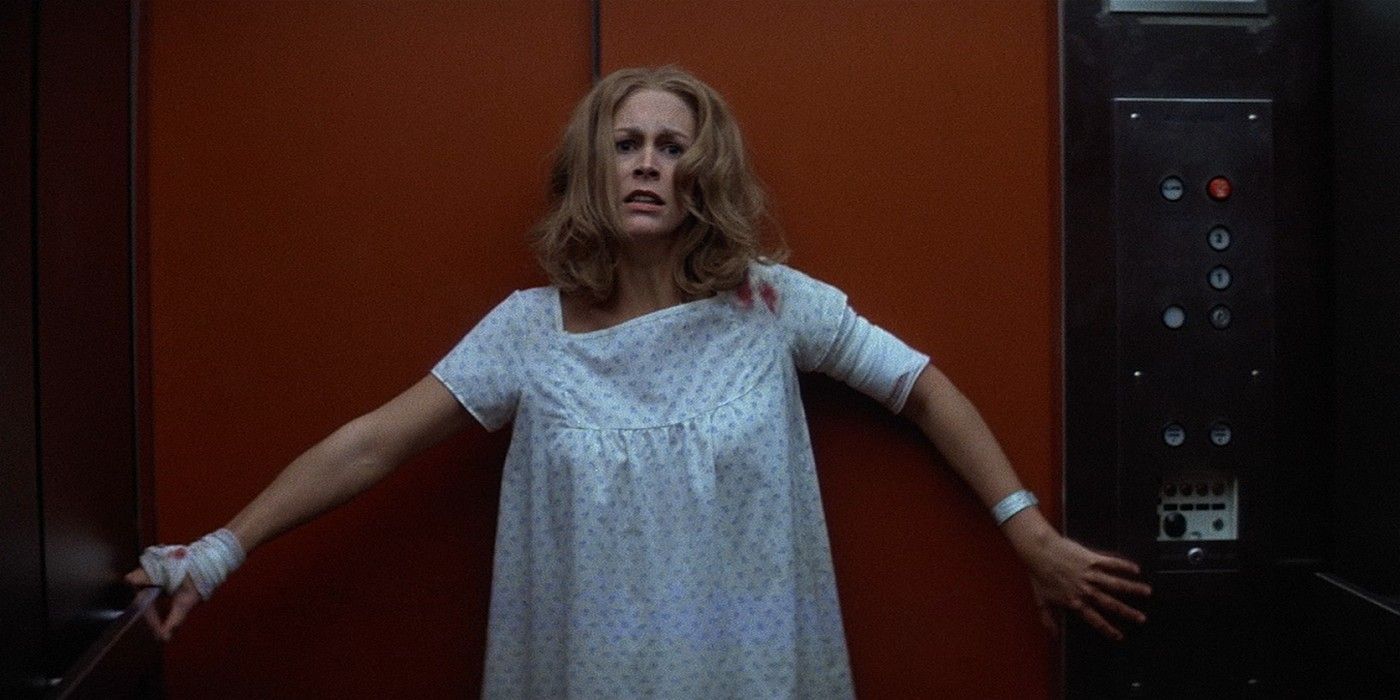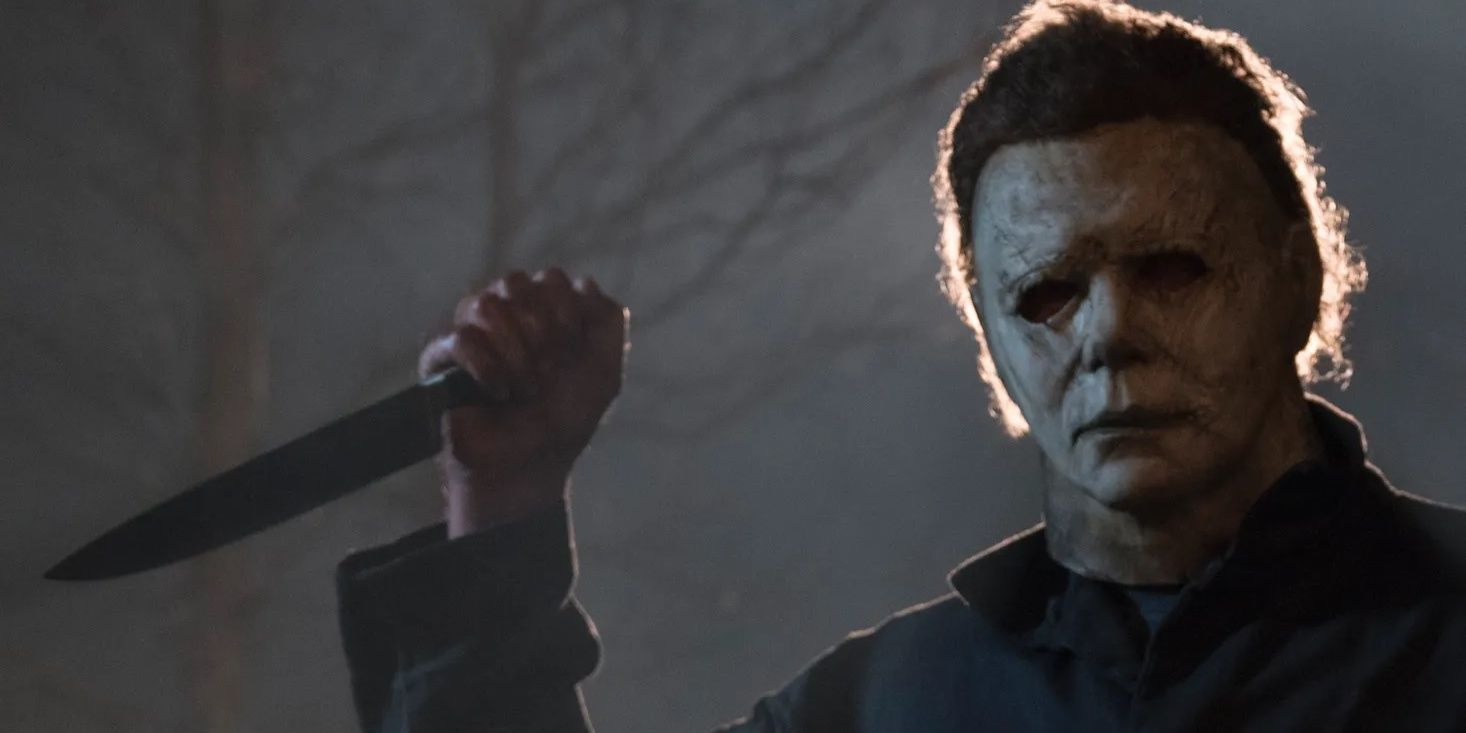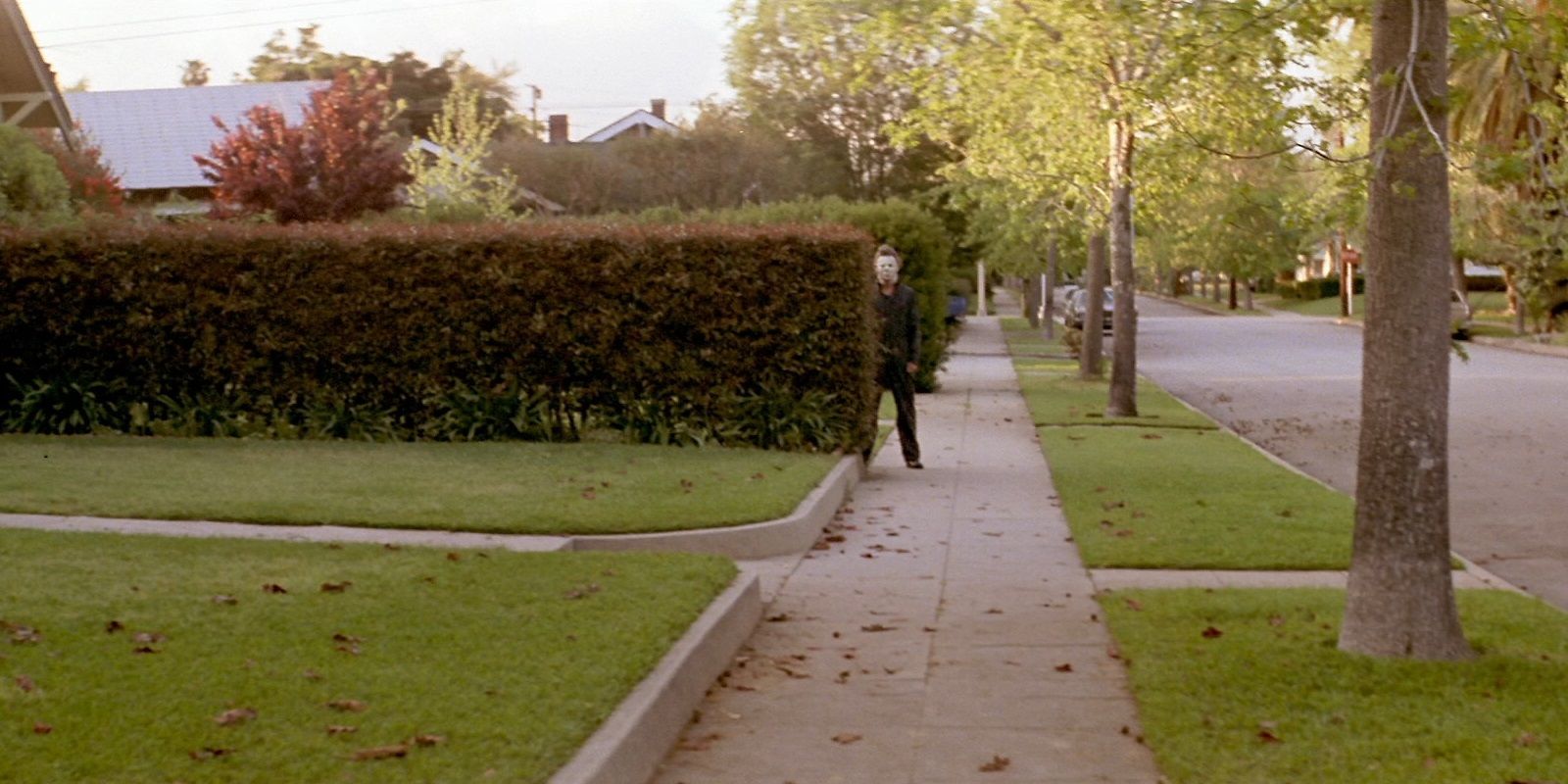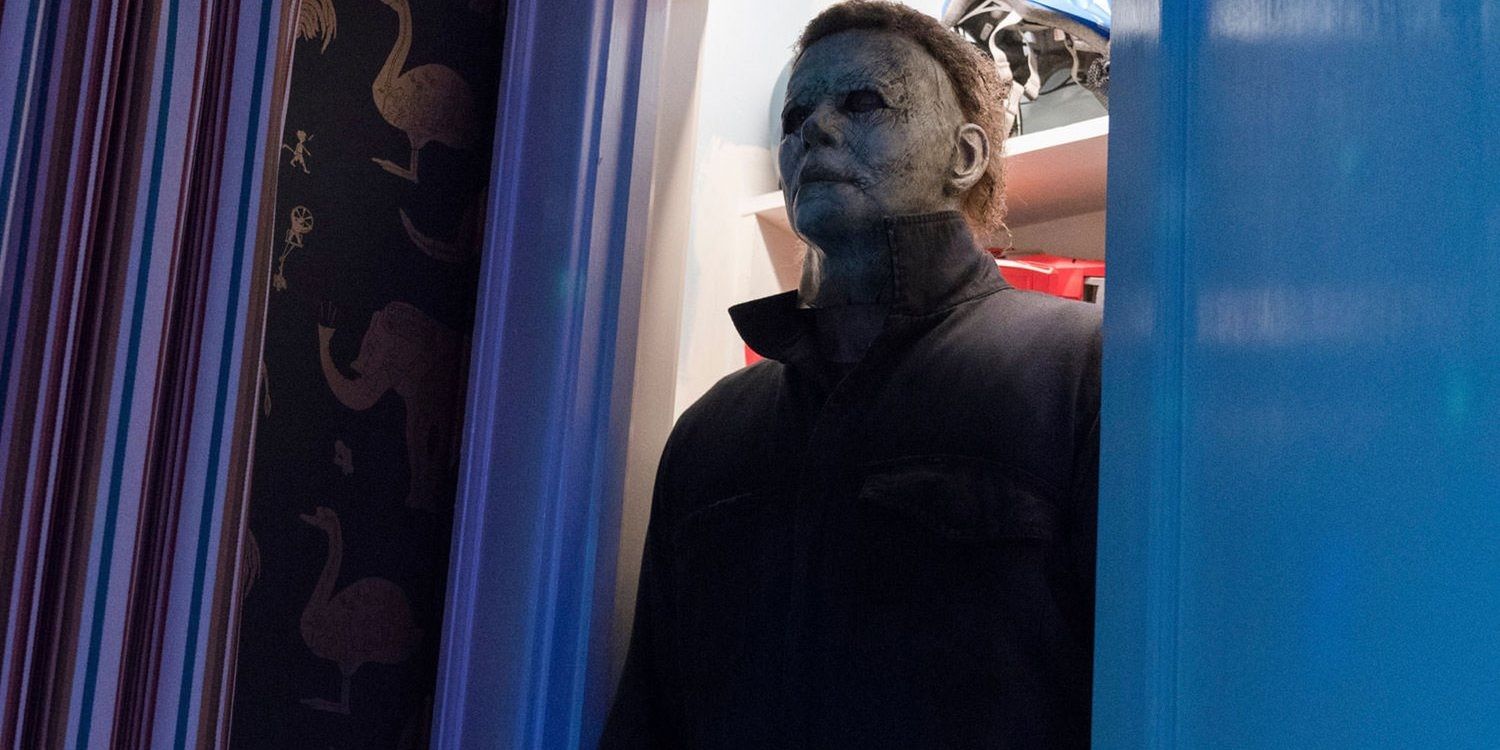Michael Myers’ motivation to kill was left a mystery in John Carpenter’s Halloween, but the sequels made sure to give him one by changing his family backstory. Now that all that has been retconned and the franchise is back to its roots, a fan theory has an idea of why Michael Myers kills people, and it has nothing to do with his family nor a curse. Back in 1978, Carpenter surprised the world with Halloween, a slasher film that wasn’t well-received during its initial release but is now considered one of the most influential horror films ever.
Halloween follows the story of Michael Myers, who after killing his sister when he was six-years-old, was sent to Smith’s Grove Sanitarium, where he spent years without saying a word. Fifteen years later, Michael escaped and returned to his hometown Haddonfield, Illinois, where he began to stalk Laurie Strode (Jamie Lee Curtis) and her friends on Halloween night, with Laurie being the only survivor. Michael’s reign of terror continued for many, many years, with Carpenter’s film spawning a franchise with a total of 11 films (including Rob Zombie’s remakes) and two more ready to arrive in the next two years – however, the films haven’t followed one consistent timeline, and Michael’s targets and motivations have changed over the years.
Luckily, the 2018 reboot Halloween rewrote the franchise and brought the audience back to its roots, serving as a direct sequel to the original movie. This means that Laurie is still alive and continues to be Michael’s main target, but most importantly, Michael doesn’t have a proper reason to go after her, other than the fact that she escaped and left him with just one eye. Of course, Halloween hasn’t been safe from fan theories, and there’s one that gives an explanation of why Michael Myers kills, and while it may sound like a very simple reason, it has created major chaos in Haddonfield and Laurie’s life.
Why Michael Went After Laurie In Previous Timelines
Halloween II made a big reveal that changed the franchise, and not exactly for good: Laurie was Michael Myers’ youngest sister, who was adopted by the Strodes. This not only offered a connection between the main characters but also gave Michael a reason to go after her – he killed their older sister in 1963, and now it was Laurie’s turn to die. This “family” theme continued after Laurie’s death between Halloween II and Halloween 4: The Return of Michael Myers (let’s not forget Halloween III: Season of the Witch is not part of the Michael Myers universe), with Michael’s new target being his niece, Jamie Lloyd (Danielle Harris). In the sixth film, Halloween: The Curse of Michael Myers, Michael finally killed Jamie and was now going after her son, all as part of an ancient Druid curse. This retcon was heavily criticized, and for the next two films in the franchise, Laurie was brought back.
Halloween H20: 20 Years Later revealed Laurie faked her death and had been living far from Haddonfield under a new identity, which Michael obviously discovered, and so went after her again. Laurie died again at the beginning of Halloween: Resurrection, and with Jamie Lloyd not included in this timeline and Laurie’s son John absent from this film, Michael was given new victims not related to him. David Gordon Green’s Halloween decided to ignore all films that came after the original, essentially making it Halloween 2, meaning that Michael and Laurie are no longer related, so his motivations have changed as well.
Michael Myers Previous Motivation No Longer Fits Halloween
While the “Laurie Myers” twist gave Michael Myers a reason to go after her and kill everyone who got on his way, it also brought some big problems that hurt the whole franchise. Not only was it a cliché, but it also forced all movies after Halloween II to keep a connection between Michael and his future victims now that Laurie was gone, hence the introduction of Jamie Lloyd, baby Steven, and John. This revelation also made Michael less menacing, as he had a clear target and his murders weren’t at random, as they were in the first movie. Fans spent years watching Michael go after his remaining family members, a narrative that was also used in Rob Zombie’s films, and it reached a point where it was overused, making it obsolete. The team behind the reboot seems to have been well aware of that and left the family connection aside, even making a reference to it through Laurie’s granddaughter Allyson (Andi Matichak), who told her friends that Laurie and Michael being siblings was something the media came up with.
Theory: Michael Myers Wants To Spread Fear, Not Just Kill
Michael Myers’ actual reason to kill might be a lot simpler than many think, and it has nothing to do with lost sisters, nieces, nephews, nor strange cults that appeared out of nowhere. A Halloween theory suggests that Michael Myers kills because his goal is to spread fear, and he doesn’t have a specific victim in mind. Killing his older sister when he was just six-years-old, and on Halloween night, was a good recipe to spread fear all over Haddonfield and beyond, but that obviously sent him to Smith’s Grove, where he continued spreading fear, although differently. As mentioned above, Michael didn’t say a single word after that specific Halloween night, becoming a mystery that specialists were looking to solve, particularly Dr. Sam Loomis (Donald Pleasence), who became obsessed with him. This made Michael into a figure to fear, but as years passed, all this was also forgotten to an extent.
By the time Michael escaped from Smith’s Grove, most people were no longer scared about the story of Michael Myers, as seen by the fact that his family home was in the process of being sold after 15 years. Michael realized this when he returned to Haddonfield and crossed paths with Laurie, who wasn’t scared of getting too close to the Myers house, even if Tommy Doyle warned her about it. Michael, then, set out to spread fear again, and Laurie was the perfect target – but first, he had to show her there was a lot to be afraid of, so he killed her friends first and prepared a whole scene at the Wallaces' place with the corpses of her friends and his sister’s gravestone. In addition to that, Loomis had a part in the whole “spread fear” plan as he made sure the authorities and other Haddonfield residents knew Michael was back and was very, dangerous, though whether that was intentional or not is a different story.
What This Means For Halloween Kills and Halloween Ends
Michael’s main goal is to spread fear, but right after that comes revenge. Laurie was the only survivor of his killing spree from 1978, and he couldn’t let that pass. Thirty years passed between Carpenter’s film and the reboot, and in-universe is enough time for people to stop fearing “the boogeyman”, more so as he was eventually captured and imprisoned. Michael’s return this time is not just to remind the residents of Haddonfield that evil isn’t over but that they should fear him, and going after the only survivor (up to that point, of course) of his crimes is both a good way to spread fear again and get revenge for what Laurie and her survival did to him.
Halloween Kills will pick up right after Halloween, with Laurie, Allyson, and Karen (Judy Greer) teaming up with new and old allies to protect the town from Michael’s crimes. While he already succeeded in spreading fear again, his goal will come across some big obstacles as the residents of Haddonfield join forces to stop him, and he will definitely not be pleased about it. Michael’s reason to kill being simply because he wants people to fear him makes him a scary and dangerous character again, as he could kill pretty much anyone, though he now has a special mission as there are three women who escaped, and this makes his journey (and Laurie’s) more interesting.

